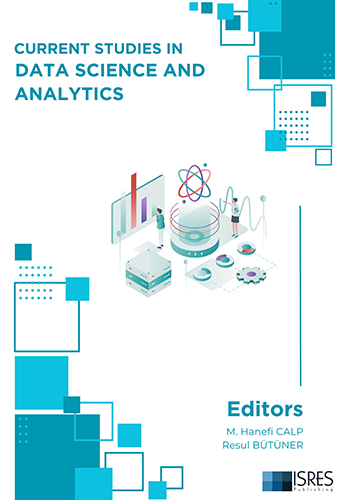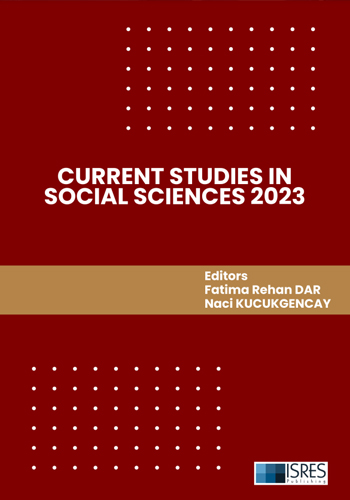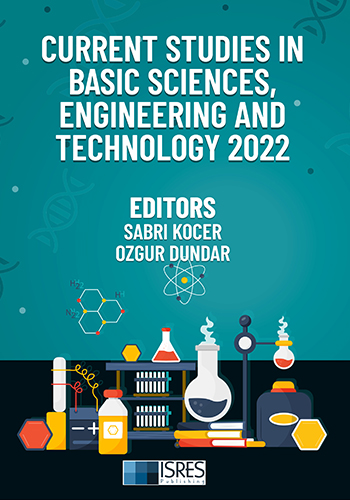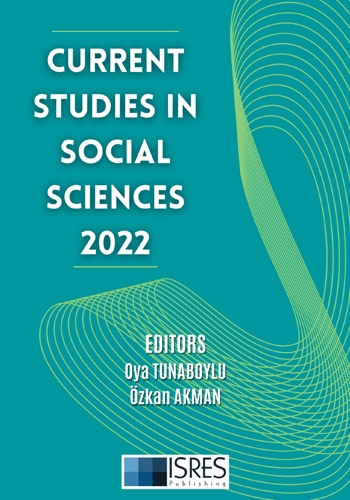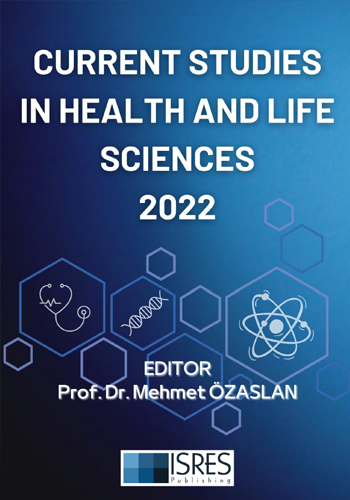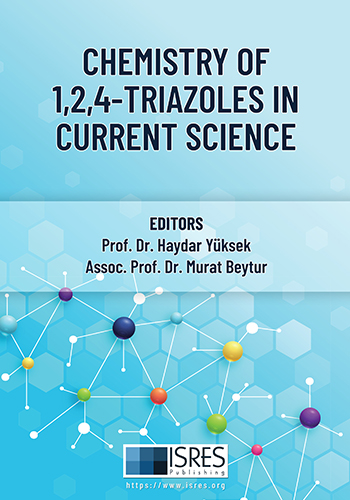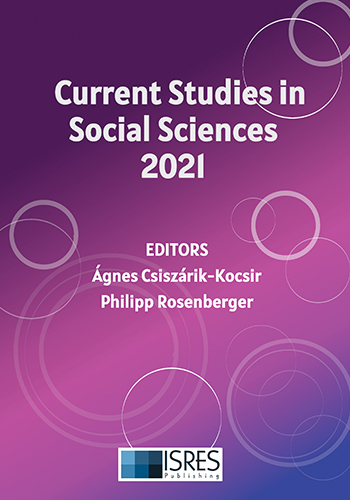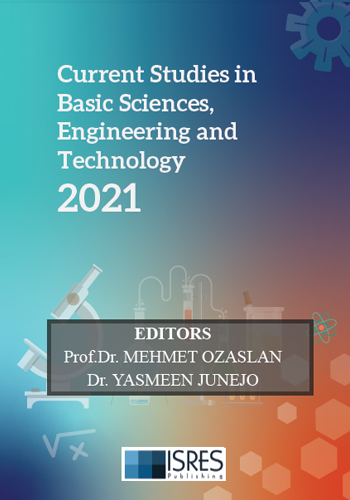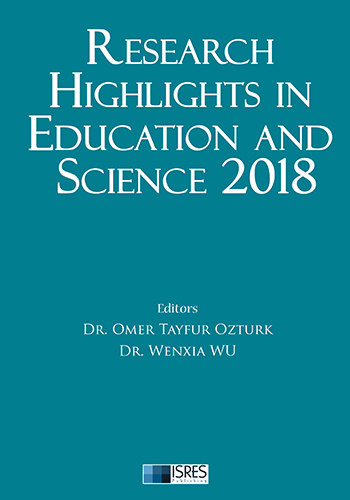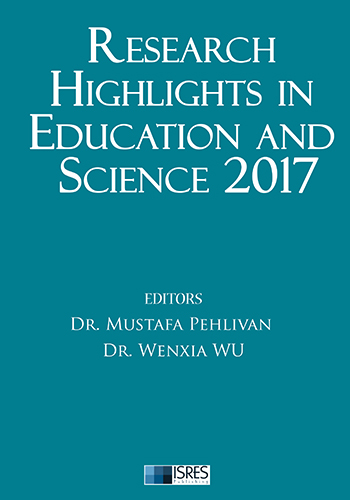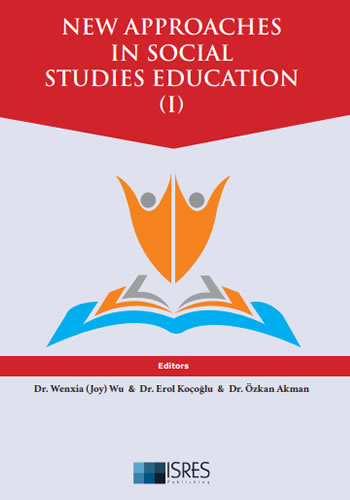This section reviews research on the use of Platelet Rich Plasma (PRP) in reproductive medicine, focusing on its potential to improve endometrial thickness, implantation rates and ovarian function in women with infertility. Increasing Endometrial Thickness: PRP shows potential to increase endometrial thickness in women with thin endometrium (<7 mm). PRP treatment stimulates the proliferation and regeneration of endometrial cells through growth factors and cytokines, leading to a thicker and more receptive endometrium. Improvement of Ovarian Function: PRP can rejuvenate and improve ovarian function, especially for women with low ovarian reserve, such as those with primary ovarian insufficiency (POI) or poor ovarian response (POR). Improving Implantation Success: PRP may increase the likelihood of embryo attachment to the uterus by increasing endometrial receptivity. This is particularly advantageous for women who experience recurrent implantation failure (RIF), as improved receptivity can help overcome this significant obstacle. Gene Expression and PRP: PRP may influence endometrial receptivity by regulating the expression of implantation-related genes such as COX-2, TP53, ER-α and ER-β, and progesterone receptors. Conclusion: PRP therapy shows promise in improving key aspects of reproductive health, including endometrial thickness, ovarian function and implantation success. Continued research is needed to optimise treatment protocols and develop personalised approaches, to ensure the effective and safe use of PRP in improving fertility and reproductive outcomes.
PRP (Platelet-Rich Plasma) and Women's Reproductive Health: Current Status
New Generation Technologies and Sustainability In Health : Current Studies
Editors: Fatma Nur TAKI, Sabri KOÇER, Resul BÜTÜNER
 (1)_01-01-2025_10-03-2025.jpg)
769
PRP (Platelet-Rich Plasma) and Women's Reproductive Health: Current Status
Chapter Authors: Elif GÜLBAHÇE MUTLU, Hatice Nur ŞEFLEK
Pages: 96-118
Other Chapters
The Robot Nurses
İbrahim ÇETİN
More Info Pages: 1-15
Artificial Intelligence in the Early Detection of Parkinson’s Disease
Kartal DERİN
More Info Pages: 16-27
Regenerative Medicine: Harnessing Stem Cells for Sustainable Healing
Hasan EGE, Oğuzhan EKİCİ
More Info Pages: 28-48
ML-Based Solutions for Detection of Hip Dislocation in Infants: A Review
Mevlüt Can ADIYAMAN, Şeyma Nefise SATICI, Muhammmed Furkan DARILMAZ, Hüseyin Oktay ALTUN
More Info Pages: 49-73
Performance Comparison of Different Machine Learning Models in Breast Cancer Diagnosis
Fatma Nur UZUN
More Info Pages: 74-95
PRP (Platelet-Rich Plasma) and Women's Reproductive Health: Current Status
Elif GÜLBAHÇE MUTLU, Hatice Nur ŞEFLEK
More Info Pages: 96-118
Methods Used in Behavioural Experiments in Laboratory Animals
İbrahim YILDIZ
More Info Pages: 119-132
Learner-Centered Approaches in Sustainable Medical Education
Hayriye Dilek AKDOĞAN
More Info Pages: 133-148
Medicinal Plants and Ozone Therapy Used in Cancer
Hayriye ALP, Şerife AYDIN
More Info Pages: 162-177
Anatomical Description of Acupuncture Points and Bioresonance Therapy
Ayşe Gamze ÖZCAN, İsmail ESEOĞLU
More Info Pages: 178-193
Examination of Smartphone Applications for Assessment in Physiotherapy and Rehabilitation
Musa ÇANKAYA, Pariya POURİYAMANESH
More Info Pages: 194-210
Acupuncture and Homeopathy Applications in Chronic Neuropathic Pain
Hayriye ALP
More Info Pages: 211-219
Medical Image Processing: Applications of Artificial Intelligence
Yunus Emre GÖKTEPE, Yusuf UZUN
More Info Pages: 220-234
The Role of Getat Trainings in the Development of Getat Applications
Eralp KUYUCU
More Info Pages: 149-161
Budapest/Hungary Conferences - August 28-31, 2025
We are pleased to invite you to ISRES conferences, which will be held at Obuda University/Budapest/Hungary on August, 28-31, 2025. The following conferences will be held in Budapest/Hungary:...
15.01.2025
Trabzon/Türkiye Conferences - May 01-04, 2025
ISRES Spring Conferences - Trabzon/Turkiye SOCIAL SCIENCES – May 1-4, 2025, Trabzon, Türkiye * 5th International Conference on Social Science Studies - IConSoS2025 ...
11.12.2024
Peja/Kosovo Conferences - July 10-13, 2025
We are pleased to invite you to our conferences, which will be held at University of Peja Haxhi Zeka on July, 10-13, 2025. The following conferences will be held in Peja/Kosovo: - 7th Internat...
28.11.2024





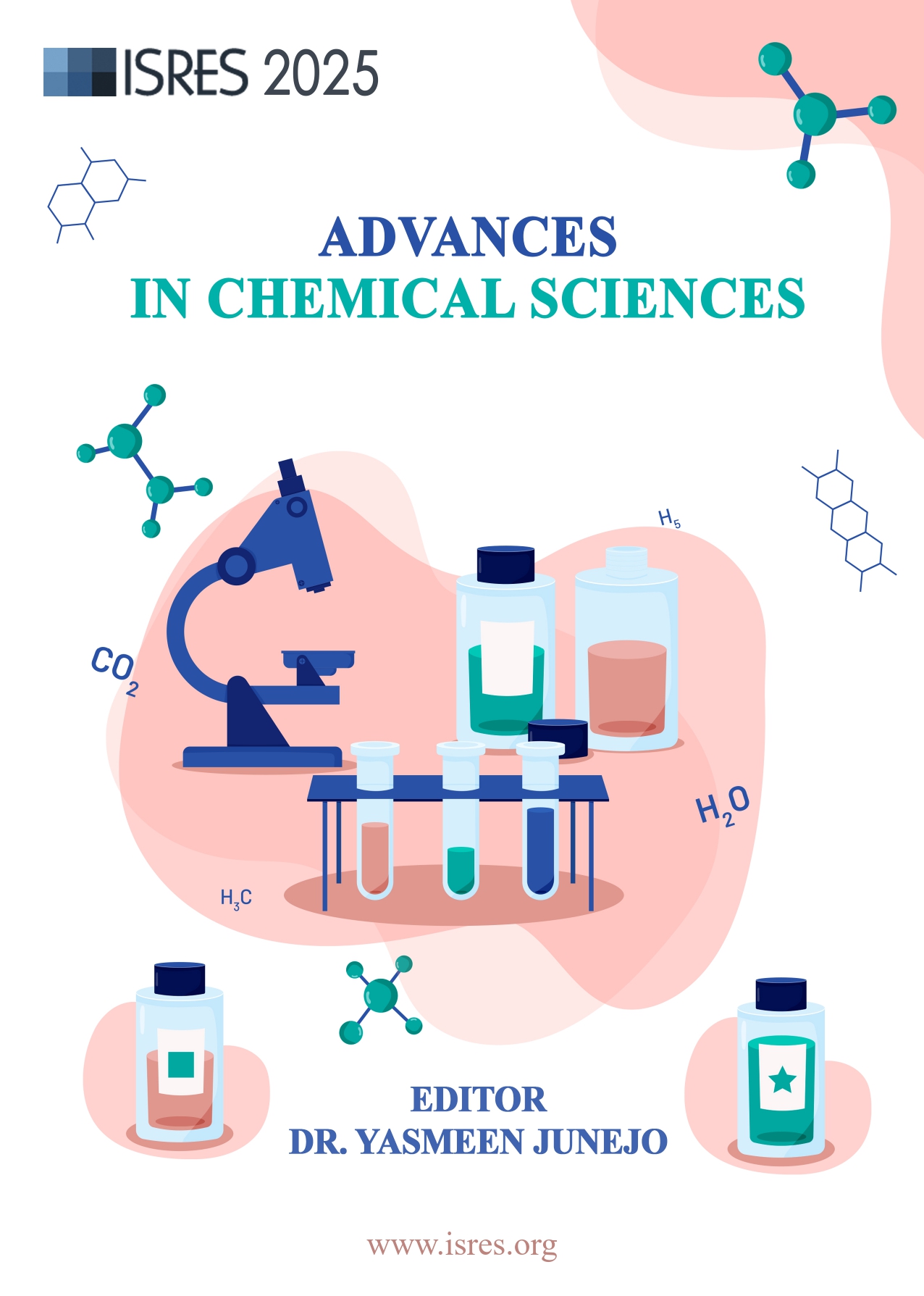







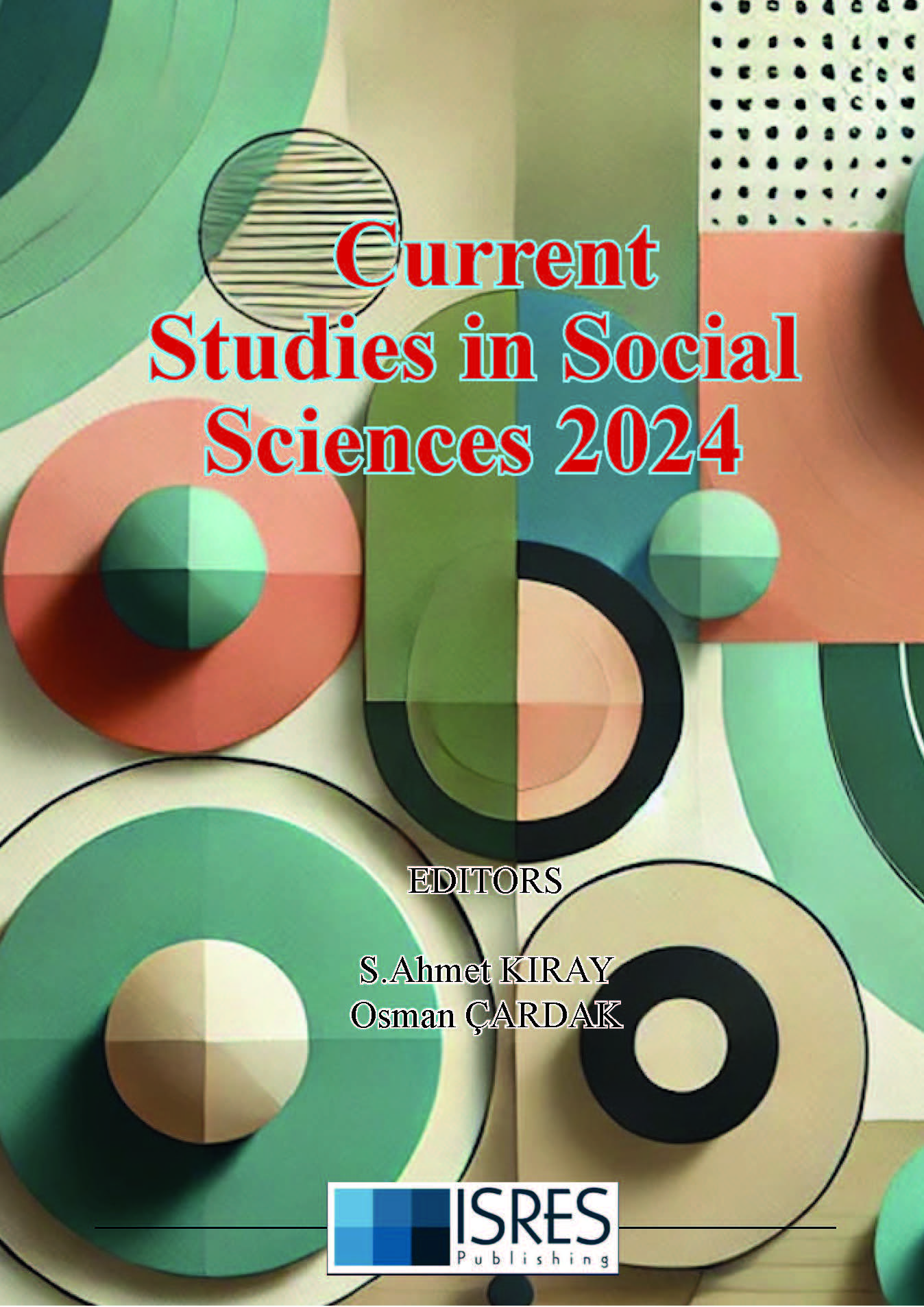


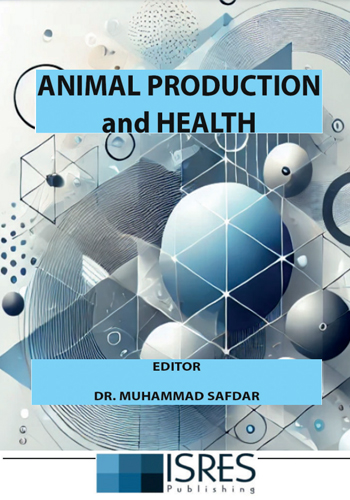

 (1)_16-12-2024.jpg)


_29-12-2024.jpg)

_01-01-2025.jpg)

